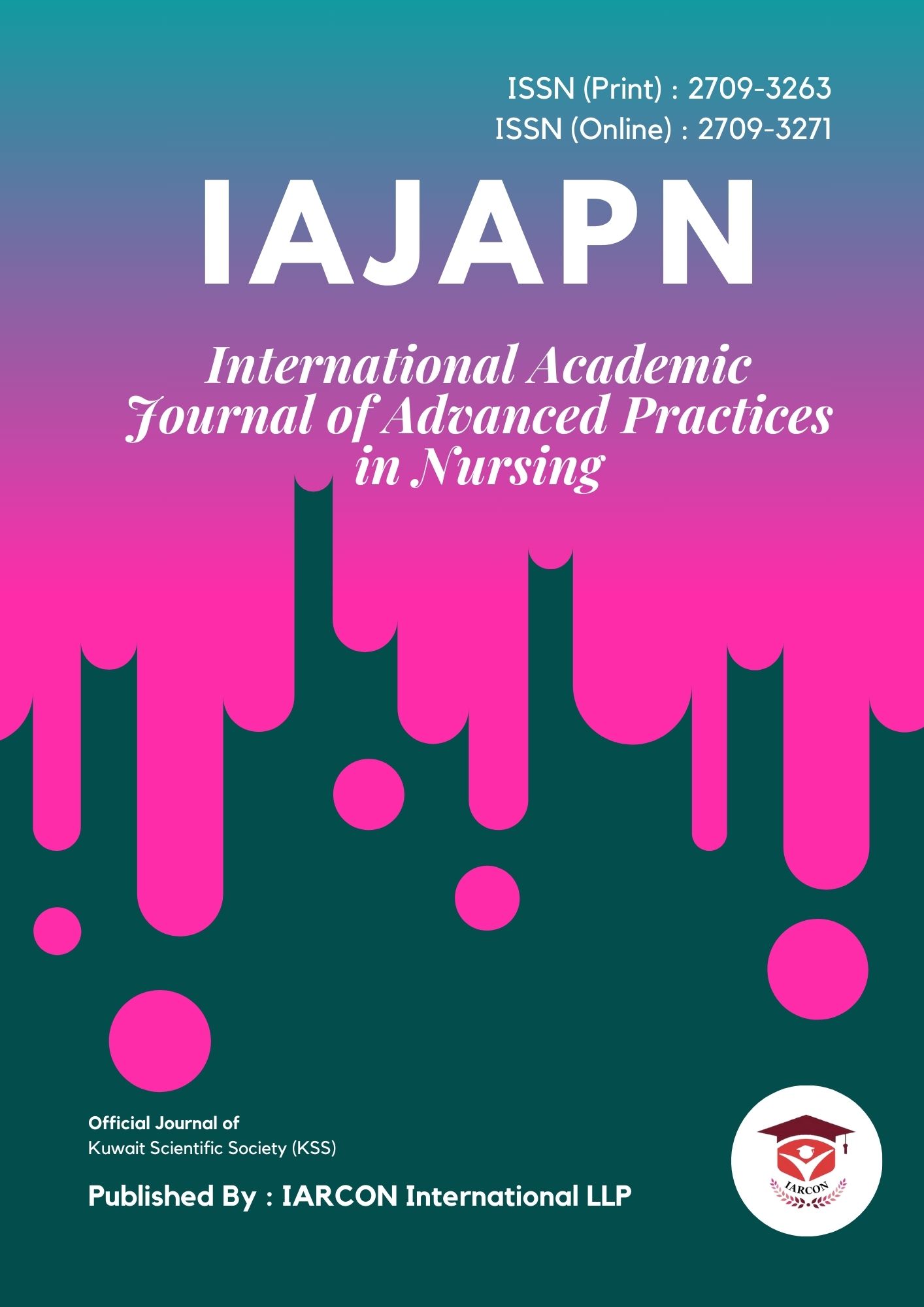Urinary tract infection (UTI) refers to an infection in the urinary system, including the kidneys, ureters, bladder, and urethra. Typically caused by bacteria, viruses, yeast, and parasites, UTI is more common in women than men due to the location of the urethra, which is closer to the rectum. Women visiting hospitals with the complaint of UTI are at 50 percent and five percent in children. Some factors such as anatomical and immune disorders, frequent use of antibiotics, vaginal products, and prolonged catheterization are involved in this overlap [1,.2]
Urinary tract infection is a common pediatric diagnosis. The symptoms of urinary tract infection in babies do not differ materially from the symptoms of a variety of childhood ailments, including gastroenteritis, common cold, and vaccination reaction. The signs and symptoms of UTI in babies are generally grouped into systemic symptoms and local symptoms. Systemic symptoms include fever, hypothermia, apnea, and listlessness. Listless babies do not respond actively to their environment - for example, they may not feed actively when hungry or turn to their mother's talk. This sign has not previously been directly investigated for urinary tract infection. The local symptoms of UTI in babies are fever and an unusual smell and/or notice of urine. The other two signs of UTI in babies are issue-specific, and do not directly occur when there is an infection in organs located at another site in the body. The rarity of these signs and other properties also indicate an infection in the urinary tract rather than at another site [3].
The most common cause of urinary tract infection in infants under the age of six months is bacterial infection, reaching from 80% to 90%. If no proper and efficient treatment is carried out, bacterial urinary tract infection has a high probability to evolve into chronic pyelonephritis and renal damage, presenting with limitation in children's growth development and even some long-term impacts from late phase. Bacteria attach and colonize on the uroepithelial cells in urinary system transferred from the gastrointestinal tract and translocated by the bloodstream, the oral-fecal route, some genitourinary abnormalities, and so on. Escherichia coli (E. coli) remains the most frequently isolated organism, reaching approximately 80% among all the pathogens. It is also reported that Enterococcus spp. accounts for about 0% to 10% of the isolated uropathogens from urinary tract infection [4,5].
The diagnosis of UTI in babies can be challenging because the symptoms mimic so many other, more common conditions. When a child is listless and has a fever, a health professional may suspect that a UTI or a kidney problem is the cause. Standard diagnostic methods for UTIs are not perfect and can be painful, so medical guidelines recommend that healthcare providers consider the risks and benefits for each patient before ordering tests [6,7].
Most guidelines offer a variety of diagnostic methods that together can be effective within the constraints of each individual health system. At present, in America and the UK, guidelines for the diagnosis of suspected UTI among pre-toilet-trained children are largely in agreement and include identification of the preferred method of urine collection, whether this is nappy pads or clean catch, and culturing a urine sample taken using a method that minimizes contamination [8].
However, national guidelines diverge in their recommendations for the diagnosis of confirmed UTI among pre-toilet-trained children screened for the infection. The American Academy of Pediatrics recommends diagnosing all screened children using urinary culture, while the National Institute for Health and Care Excellence (UK) recommends diagnosing all screened children using urinary dipstick. It remains unclear how these differing screening pathways affect the likelihood of a timely and accurate diagnosis of UTI in listless babies. Further evidence of the costs and benefits of these 2 healthcare pathways is needed before experts can recommend the best approach. If definitive evidence is unlikely to be obtained, a consensus on the preferred pathway among healthcare experts may help deliver a consistent service to all communities in the meantime [9].

